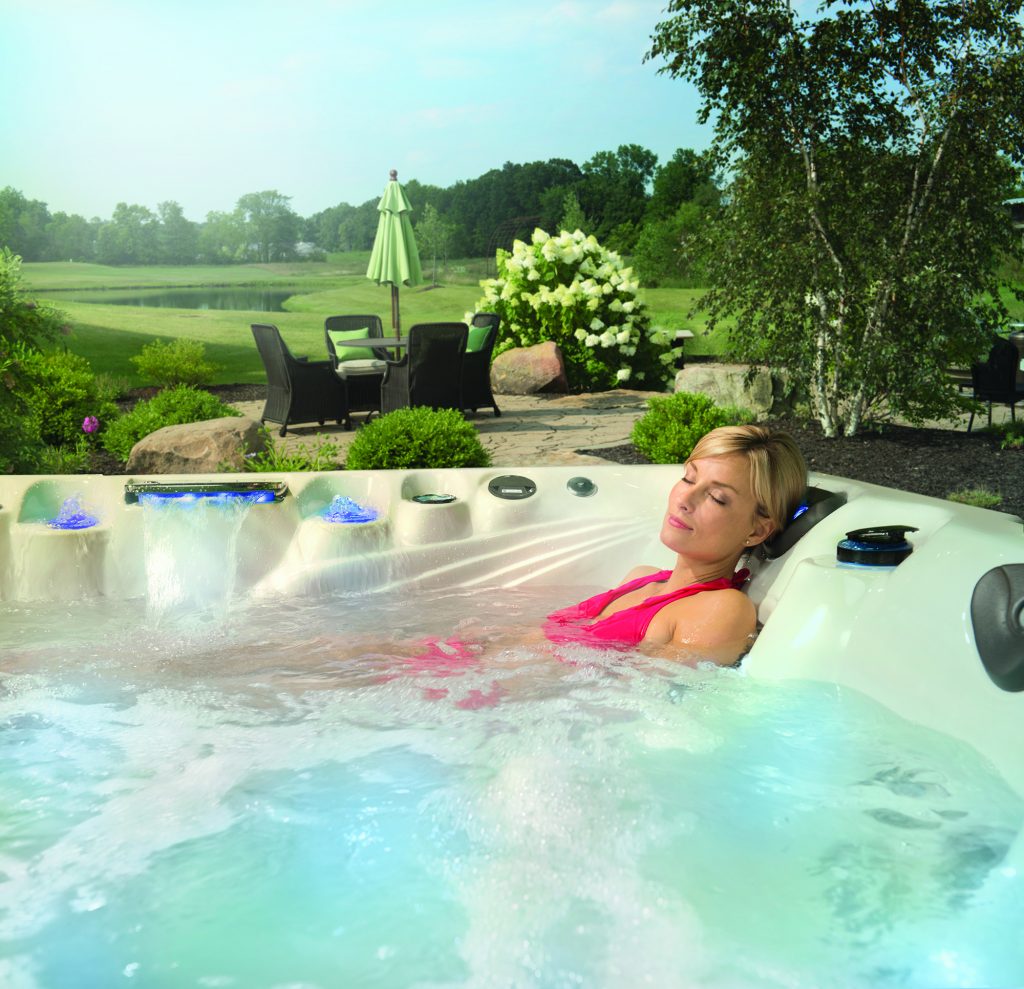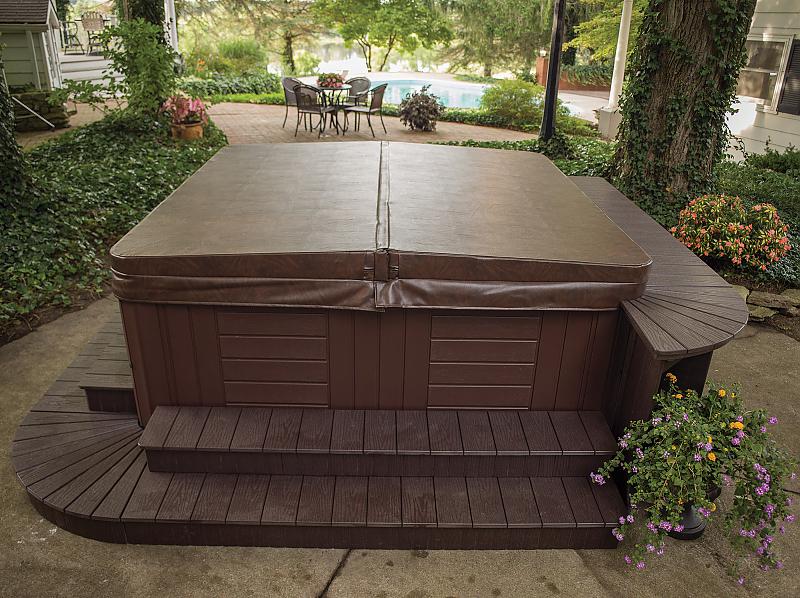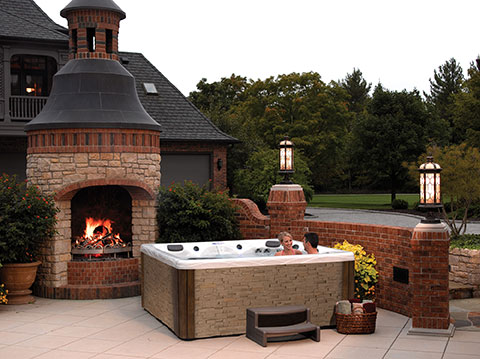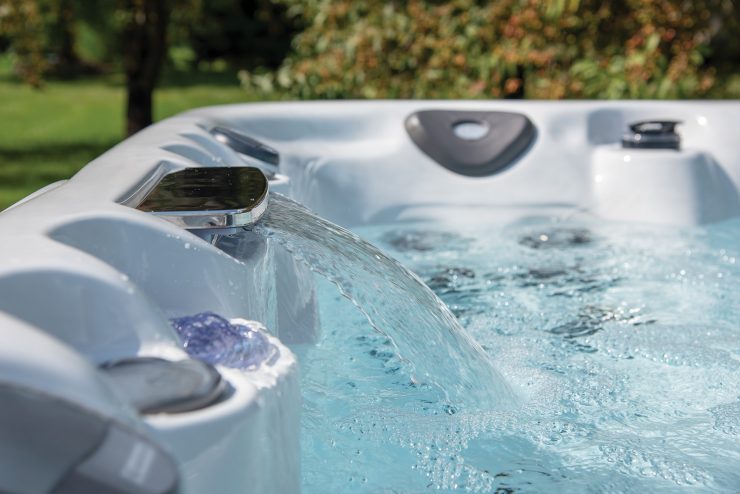The massage jets, the warm water, the opportunity to just relax. More than likely, you want a hot tub for the mental and physical benefits that hydrotherapy offers.
The benefits of owning a hot tub might be washed away when you get your monthly utility bill and discover it has gone up $100 … $150 … even $200. In reality, though, it should the cost to operate a hot tub should be between $15 and $30 a month. The increase in monthly utilities will depend on the size of the hot tub among other things.
Month after month, the cost of operating a hot tub takes away from the relaxation. Soon, you might find that you don’t want to use it as often. Or, you even drain the spa and winterize it.
But you shouldn’t have to sacrifice the enjoyment you wanted out of a hot tub. With an energy-efficient model, you can rest and relax. The therapeutic massage will lower stress, ease muscle aches, and improve inflammation. And the lower cost to operate the hot tub will leave you confident that you made a good investment.
If you are shopping for a hot tub, make sure that you are getting an energy efficient hot tub.
What to look for in an energy efficient hot tub? Check out these things that affect how much a hot tub will cost to operate.

Hot Tub Buyers Checklist: Energy Efficiency
Foam Insulation
The insulation of a hot tub will help protect the plumbing, keep the water at the perfect temperature, and make sure that the system can maintain that temperature. While there are a variety of materials that hot tub manufacturers can use, hot tub buyers should look for a full foam insulation. The industry standard, full foam insulation adds to the structure of the hot tub and reduces the noise of the pumps.
Master Spas uses a quality full foam insulation that is sprayed into the cabinet during the manufacturing process.
Facts about Master Spas’ foam insulation:
- Expands to 100 times its volume in seconds to insulate and air-seal the spa
- Eliminates cold spots and helps maintain a consistent, comfortable water temperature
- Keeps cold air out, helping prevent condensation, which can lead to mold and mildew
- No ozone-destroying gases or gas emission hazards
- California Energy Commission (CEC)-compliant, meeting the Title 20 efficiency regulation
Learn more by talking to your local Master Spas dealer.

Quality Cover
Putting a cover on your hot tub is not just about keeping the outside elements out. Sure, you don’t want leaves and precipitation affecting the quality of your water. But you also want to lock in the heat and maintain water levels. A properly fitting hot tub cover provides an insulating barrier between the water and the air, improving the energy efficiency of your hot tub.
It’s important to ask about how the cover was made and the materials. Master Spas manufactures its covers at its headquarters in Indiana. The covers are designed to fit snugly over the spa and are made with a six-inch dense foam.

What Our Customers Are Saying
“We have moved around a bit over the last five years and have purchased three Master Spas hot tubs in the process, selling the old spas with the homes. The hot tubs are easy to care for and very economical to operate. The number of jets, configuration of the jets, and the quality are top notch.”
— Mike, Nebraska
Owner of Twilight Series 7.2
“I have had my TS 7.2 for four months now, and it has seen use almost every day — sometimes twice a day. It is winter now in Indiana, and my monthly electric bill has gone up only $20 a month with the spa temperature set at 100 degrees 24/7.”
— Ron, Indiana
Owner of Twilight Series 7.2
“This is our second tub from Master Spas. The first tub was nice and lasted 13 years with daily use! Our new tub is even better and more energy efficient!”
— Jeff, Wisconsin
Owner of LSX 800


